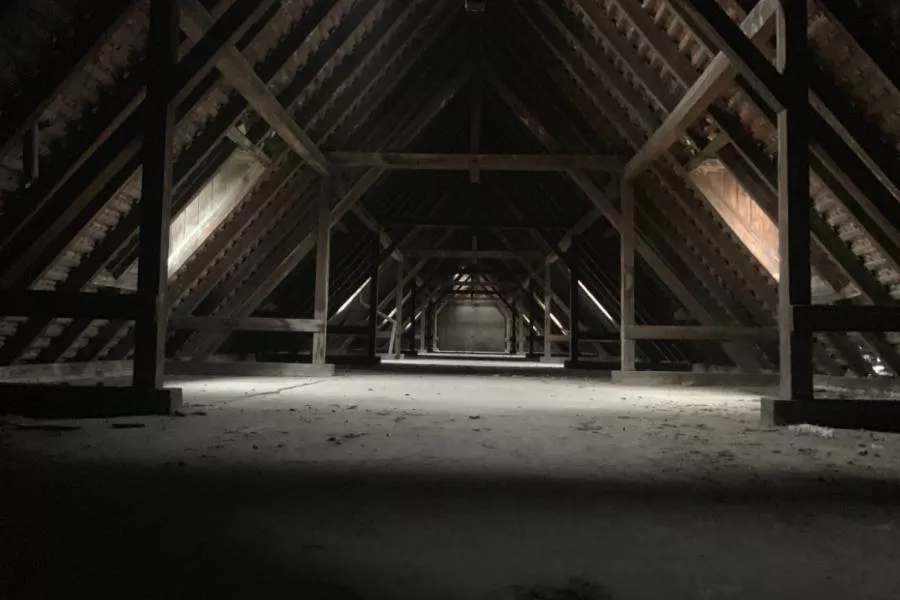Spring Roofing Maintenance
Inspect for Winter Damage: After the winter season, check for any visible signs of damage caused by snow, ice, or freezing temperatures. Look for missing or damaged shingles, ice dams, or leaks in your attic or ceiling.
Clean Gutters and Downspouts: Remove debris and leaves from gutters and downspouts to ensure proper drainage. Clogged gutters can lead to water backup and roof damage.
Trim Overhanging Branches: Trim branches that overhang your roof to prevent them from causing damage during windy or stormy weather.
Check Flashing and Seals: Inspect the flashing around chimneys, vents, and skylights for signs of damage or deterioration. Replace any damaged flashing and reseal areas as needed to prevent leaks.
Moss and Algae Removal: If you notice moss or algae growth on your roof, consider cleaning it to prevent damage. Avoid pressure washing, as it can damage shingles. Instead, use a roof-friendly moss and algae cleaner.
Summer Roofing Maintenance
Inspect Shingles: Examine your shingles for any curling, blistering, or cracks. Replace damaged or missing shingles promptly to prevent water infiltration.
Check for Debris: Remove any debris, such as leaves, branches, or debris from nearby trees, that may have accumulated on your roof during windy conditions.
Attic Ventilation: Ensure that your attic ventilation system is working correctly. Proper ventilation helps regulate temperature and reduce the risk of moisture buildup in your attic.
Roof Coating Inspection: If you have a roof coating, check its condition. Recoat your roof if the coating is worn or damaged to maintain its protective properties.
Inspect Skylights and Vents: Examine skylights, vents, and other roof penetrations for leaks or damage. Ensure that seals and flashing are intact.
Fall Roofing Maintenance
Clean Gutters and Downspouts: As leaves fall, clean gutters and downspouts again to prevent clogs that could lead to water damage.
Check Attic Insulation: Inspect the condition of attic insulation. Proper insulation helps regulate temperature and prevent ice dams in winter.
Inspect Chimneys: If you have a chimney, have it professionally inspected and cleaned. Ensure that the chimney cap is in good condition to prevent animals from entering.
Trim Trees: Trim any overhanging branches and remove dead or weak trees near your home to reduce the risk of falling branches damaging your roof.
Check for Animal Entry Points: Examine your roof for signs of animal entry points, such as chewed or damaged areas. Seal any openings to prevent pests from getting into your attic.
Winter Roofing Maintenance
Snow Removal: After heavy snowfall, consider removing snow from your roof to prevent the formation of ice dams. Use a roof rake or hire a professional to avoid damaging the shingles.
Ice Dam Prevention: Prevent ice dams by ensuring proper insulation and ventilation in your attic. If ice dams form, consult a professional to address the issue.
Attic Inspection: Periodically inspect your attic for signs of moisture, leaks, or condensation. Address any issues promptly to prevent damage to the roof structure.
Monitor Flashing: Keep an eye on flashing around chimneys, vents, and skylights during the winter. Snow and ice can cause flashing to shift or become damaged.
Regular Roof Inspections: Consider scheduling regular roof inspections by a professional roofing contractor, especially before and after winter, to identify and address any potential issues.
Conclusion
HUDCO Roofing & Exteriors can provide you with the help you need. You can get in touch with us by calling us at 225-414-6153. We service areas in Alexandria, Houma, and Ruston, LA.


